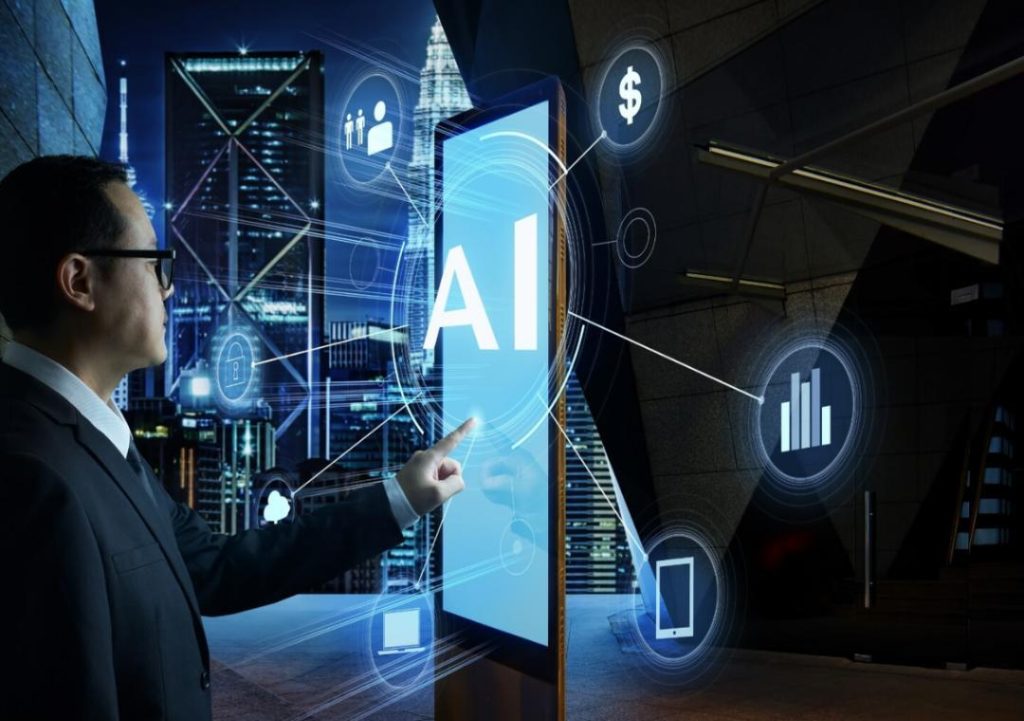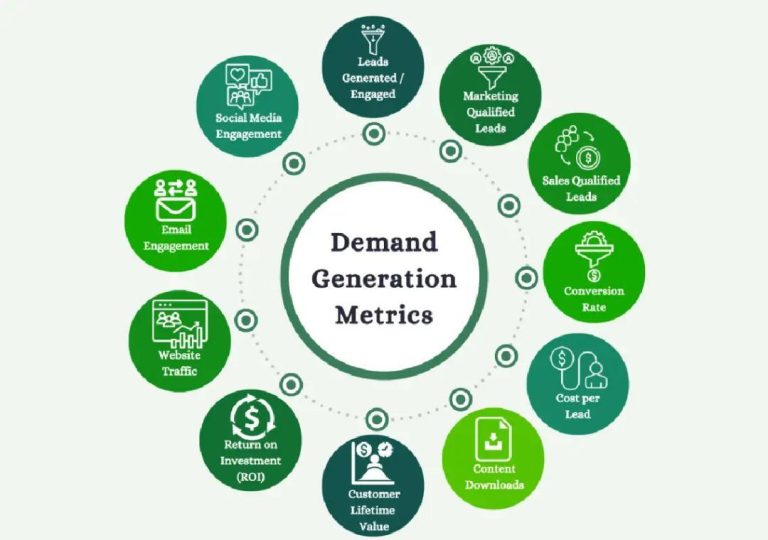
AI & ML Now Power Over 77% of Business Processes
The rise of Artificial Intelligence (AI) and Machine Learning (ML) has been a gradual one. What was once the realm of science fiction is now an operational essential for businesses of all sizes. Today, over 77% of enterprises use AI/ML to improve productivity, reduce costs, and personalize user experiences. The shift to AI-powered operations isn’t optional; it’s fundamental to staying competitive in a digital-first world.
In this blog post, we’ll explore the importance of AI and ML in modern business, highlighting their applications, benefits, and the challenges businesses face in implementing these technologies. We’ll also examine the future of AI and ML in the enterprise and what it means for business leaders.
What is AI and ML?
Before we dive into the benefits and applications of AI and ML, it’s essential to understand what they are. AI refers to the development of computer systems that can perform tasks that typically require human intelligence, such as visual perception, speech recognition, and decision-making. ML is a subset of AI that involves training algorithms to learn from data and improve their performance over time.
In simple terms, AI is the brain, and ML is the muscle. AI provides the framework for intelligent systems, while ML enables them to learn and adapt to new situations.
Applications of AI and ML in Business
The applications of AI and ML in business are vast and varied. Here are a few examples:
- Customer Support: AI-powered chatbots and virtual assistants are revolutionizing customer support. These systems can handle routine inquiries, provide 24/7 support, and even resolve simple issues without human intervention.
- Fraud Detection: ML algorithms can analyze vast amounts of data to detect fraudulent transactions in real-time. This has significantly reduced the risk of financial losses for businesses and individuals alike.
- Predictive Maintenance: AI-powered sensors and machines can predict when equipment is likely to fail, allowing businesses to schedule maintenance and reduce downtime.
- Personalization: ML algorithms can analyze customer data to provide personalized product recommendations, offers, and experiences. This has improved customer satisfaction and loyalty.
- Supply Chain Optimization: AI-powered systems can analyze supply chain data to optimize logistics, reduce costs, and improve delivery times.
Benefits of AI and ML in Business
The benefits of AI and ML in business are numerous and significant. Here are a few:
- Increased Productivity: AI-powered systems can automate routine tasks, freeing up human resources to focus on higher-value tasks.
- Cost Reduction: AI-powered systems can reduce costs by optimizing processes, reducing waste, and improving efficiency.
- Improved Customer Experience: AI-powered systems can provide personalized experiences, improve response times, and increase customer satisfaction.
- Competitive Advantage: Businesses that adopt AI and ML early can gain a competitive advantage over those that don’t.
- Data-Driven Decision Making: AI-powered systems can analyze vast amounts of data to provide insights that inform business decisions.
Challenges in Implementing AI and ML
While the benefits of AI and ML are significant, there are challenges to implementing these technologies in business. Here are a few:
- Data Quality: AI and ML require high-quality data to function effectively. Poor data quality can lead to inaccurate results and flawed decision-making.
- Lack of Expertise: Many businesses lack the necessary expertise to implement and maintain AI and ML systems.
- Integration: AI and ML systems often require integration with existing systems and processes, which can be complex and time-consuming.
- Security: AI and ML systems can be vulnerable to cyber threats, which can compromise sensitive data.
- Ethics: AI and ML systems can perpetuate biases and discriminate against certain groups, which can have serious consequences.
The Future of AI and ML in the Enterprise
The future of AI and ML in the enterprise is exciting and rapidly evolving. Here are a few trends to watch:
- Increased Adoption: AI and ML adoption will continue to grow, with more businesses implementing these technologies to stay competitive.
- Edge AI: Edge AI refers to the use of AI and ML at the edge of the network, closer to the source of data. This will enable faster processing and reduced latency.
- Explainable AI: As AI and ML become more pervasive, there will be a growing need for explainable AI, which provides insights into how AI-powered systems make decisions.
- Human-AI Collaboration: AI and ML will increasingly be used to augment human capabilities, rather than replace them.
- Regulation: Governments and regulatory bodies will need to develop frameworks to govern the use of AI and ML, ensuring that these technologies are used ethically and responsibly.
Conclusion
AI and ML are no longer futuristic concepts; they’re operational essentials for businesses that want to stay competitive in a digital-first world. The benefits of AI and ML are significant, from increased productivity and cost reduction to improved customer experiences and competitive advantage.
While there are challenges to implementing AI and ML, the rewards are well worth the effort. As AI and ML continue to evolve, it’s essential for business leaders to stay informed and adapt to the changing landscape. By doing so, they’ll be well-positioned to reap the benefits of these powerful technologies and stay ahead of the competition.
Source:
https://www.growthjockey.com/blogs/what-is-ai-and-ml-how-is-it-important






